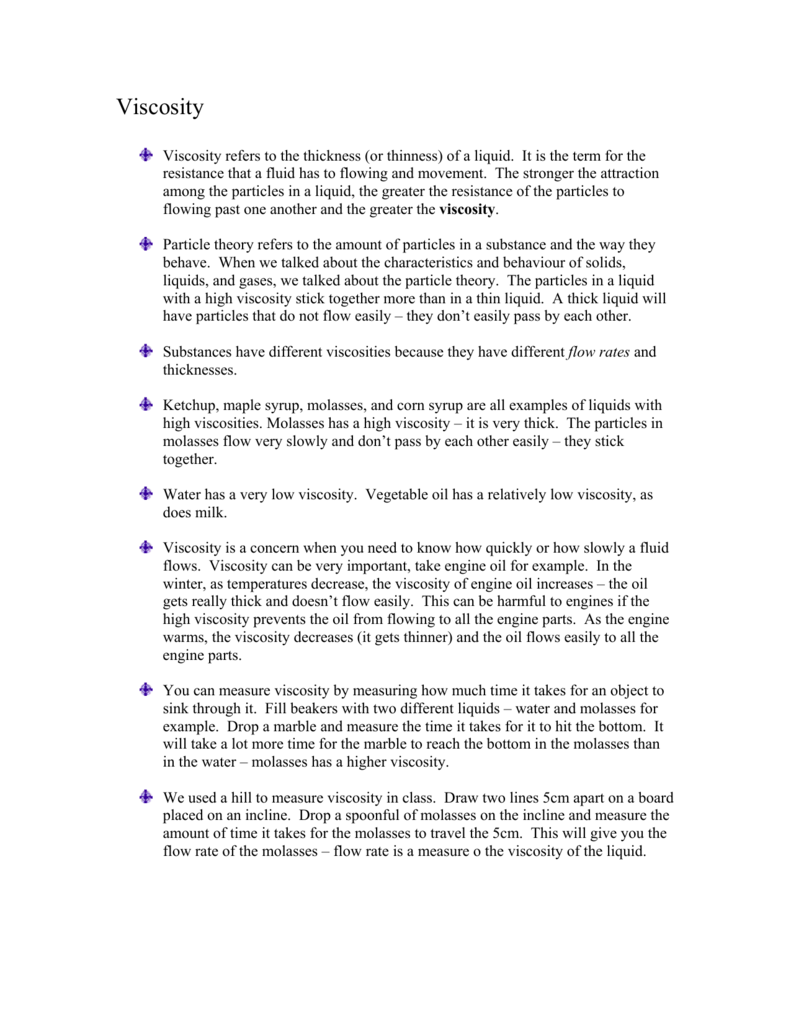
A fluid with a low viscosity is said to be thin, while a high. Including finite wall drag due to the presence of ambient air into the numerical model diminishes and eventually cuts off the rebound. When we fill the same cup with water, for example, the water will drain much more quickly. Measuring low viscosity products like gasoline. Plots of elastic compression and drag experienced by the particles show that rebounds are made possible by (1) a fraction of the impact energy being stored during initial contact via elastic compression, (2) a rapid broadening of local lubrication drag interactions at the initial impact site into a spatially uniform upward force throughout the drop. Viscosity is a key physical property of petroleum products from crude oil feed stocks to all the end-products. Low viscosity resin is solid, moisture intensive, and economical. These are low-odor, solvent-free, and great to use for structural injection needs.

It is durable and sturdy, however, it takes longer to cure than its one-compound counterpart.

The model reproduces the observed trends. Ultra-low viscosity epoxy is usually a two-compound epoxy. To gain insight into the underlying mechanism, we model the suspension as densely packed elastic spheres experiencing viscous lubrication drag between neighbors. Knowing a fluid's viscosity makes its flow rate predictable under certain circumstances. Viscosity has internal friction of fluids, which causes the fluids to appear thicker when flowing. Increasing solvent viscosity increases the rebound energy. Viscosity is the resistance to flow, so higher viscosity fluids flow more slowly at a given level of force pushing them along. The high-viscosity oil suspension bounces. Surprisingly, our experiments with a droplet made of densely packed glass beads in silicone oil display the opposite behavior: the low-viscosity oil suspension drop splats. A high-viscosity drop typically just flattens, i.e., it splats. A low-viscosity liquid drop can bounce upon impact onto a solid.


 0 kommentar(er)
0 kommentar(er)
